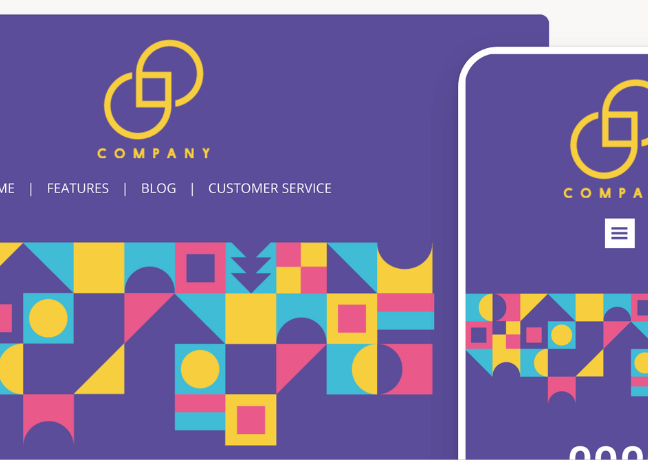Outline
- Introduction
- What does data-driven marketing actually mean in 2024?
- Three data-driven marketing strategies for 2024
- Final word
Subscribe
Today, being data-driven is simply part of being a good marketer. From proving the value of campaigns to generating insights about the customer journey, data fuels marketers’ performance.
In this blog, we’ll look at what being a data-driven marketer means today, and share some updated strategies that will help you become a savvier, more informed marketer.
What does data-driven marketing actually mean in 2024?
In the past,assessing the performance of each campaign and making optimizations off the back of the insights was enough to call yourself a data-driven marketer.
Today, with greater access to larger volumes of data housed in intuitive, AI-backed platforms, marketers are expected to use and learn from data at every stage. From identifying an ideal customer profile (ICP) to personalizing messages, building customer journeys to proving return on investment (ROI), data should be used in strategy and execution at every stage of the customer lifecycle.
Increasingly, being data-driven also requires marketers to understand how to work effectively with artificial intelligence (AI). AI is starting to play the role of data analyst in many marketing departments that rely on AI-powered tools in their martech stack to analyze huge volumes of data and extract insights. Many of these tools can even make decisions based on these insights, and dynamically apply the learnings to campaigns.

Three data-driven marketing strategies for 2024
2023 was a breakout year for generative AI and it gave marketers a glimpse at the possibilities that exist with data-driven marketing. It was also a major year for data privacy, particularly with Google’s announcement that third-party cookies will sunset from Chrome beginning early 2024.
For the data-driven marketer, these two things are at odds with one another. On the one hand, AI can help you realize things you never thought possible. On the other, a huge chunk of the data you’ve been relying on will no longer be available to you.
With this in mind, here are three data-driven marketing strategies for 2024.
1. Generate and utilize more of your first-party and zero-party data
As Google begins to phase out support for third-party cookies and data privacy remains part of the conversation at large, first-party and zero-party data will become the focus for marketers. When done well, this could result in more accurate data that can be used for personalization efforts that don’t feel invasive.
The first step is to develop a strategy around collecting more first- and zero-party data. This kind of data collection needs to be more intentional, and it will be crucial for marketers to understand what gaps they need to fill and which data points should take priority. As with anything data-related, investing in technology that centralizes your data and helps you keep it clean is essential to success.
Once that data is in your grasp, it’s time to utilize it for personalization efforts, generating insights, and better understanding your customer’s journey and how you can get control of it.
2. Personalize by making data the message
We all know how successful Spotify Wrapped is. It is the perfect example of a campaign that makes data the message in a share-worthy customer experience. In the SaaS space, Grammarly’s weekly insights email is another example of how data can be used in marketing messages that customers love.
In 2024, consider all the data points you have at your disposal and how you could use them in campaigns across the customer lifecycle. For example, can you use data on time in product or features used to congratulate new customers in the onboarding period? Can you reward loyal customers for meeting certain milestones?
In another example, you can use the data you have to spotlight some of the content, features, products, or services your customers are spending the most time with and use this to make personalized recommendations. With advancements in AI and machine learning, these recommendations can go beyond ‘people who liked that also like this’ format. You can use data to identify the next best action for a customer in a SaaS platform or to send relevant content their way.
With sophisticated tools and technologies at your fingertips, uncovering this data and using it in highly personalized campaigns can be done at any scale. It’s all about getting creative.

3. Use predictive analytics for better targeting
With predictive analytics, AI can churn through data to identify patterns and make predictions about customer’s behaviors. There are a myriad of uses for this in a business — revenue forecasting, inventory management, and staffing needs are all common applications.
Predictive analytics can also help marketers target with more accuracy, especially in a world where the death of third-party cookies is eradicating the targeting capabilities many marketers have relied on for years.
For example, if a machine can accurately predict which of your leads will go on to become customers, you can retarget that list with compelling marketing messages to help nudge them across the line and create personalized outreach campaigns from your sales team.
This could also be useful for expansion and retention campaigns. If you have a new feature, service, or product launching, you could use predictive analytics to generate a cohort of your customers who are more likely to adopt that new feature and target them specifically with more personalized outreach.
Final word
We’ve long since graduated from the days of ‘big data’ overwhelming marketers who needed to reach out to analysts and wait days (or weeks) to get answers. We’re living in the golden age of data — marketers can now find what you want, when you want it, and use it to do anything. This doesn’t just make your life easier, it unlocks creativity and a true sense of no-limits marketing.

Try Ortto today
Build a better journey.

Product
Pricing
Solutions
Features
About
Resources





